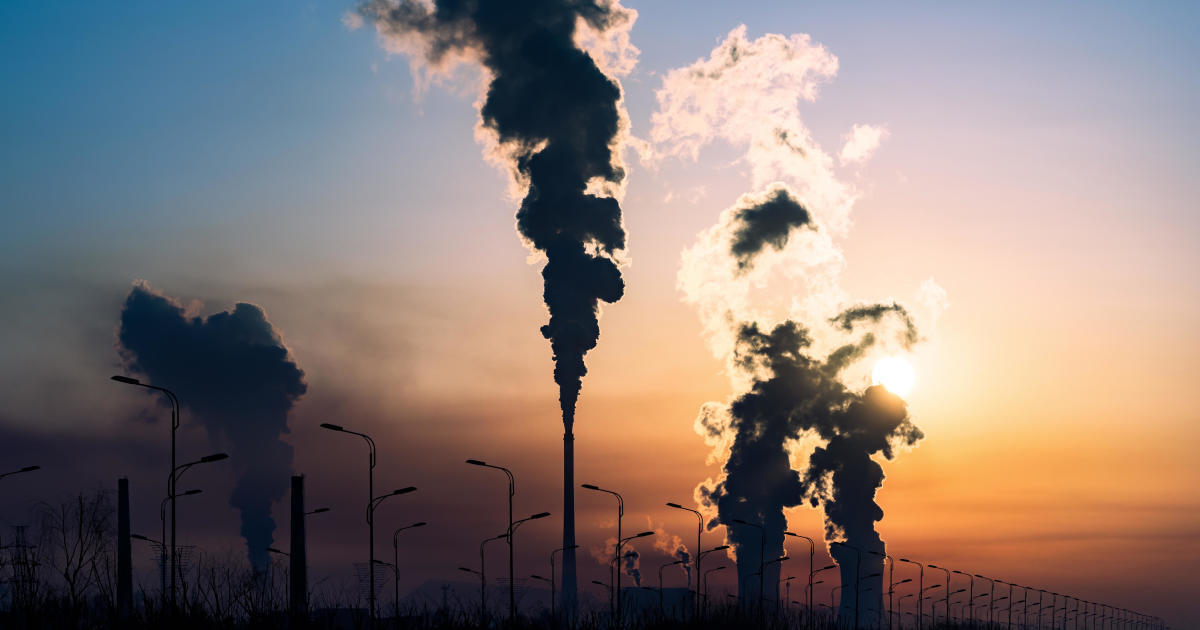CO2 is an important greenhouse gas, but not the only one, and certainly not the most potent, PPM-wise. As a proxy for the overall situation, it’s acceptable, but relying solely on CO2 concentrations invites all manner of problems at the margin to go unnoticed.
We also crossed the threshold for “beyond anything humans have experienced” for CO2 several exits ago. Claiming this is suddenly news is disingenuous, and you want some excellent geologists on your team before claiming “faster than ever.”
Like, yeah, we’re fucked, but this is not great reporting in terms of explaining why and what it means.
Tons of countries have also ramped up their emissions alongside their population growth, so despite any would-be attempts at US/China/EU/India reducing their emissions are basically completely nullified by others
🤖 I’m a bot that provides automatic summaries for articles:
Click here to see the summary
One of the major drivers of the exceptional heat building within Earth’s atmosphere has reached levels beyond anything humans have ever experienced, officials announced on Thursday.
Carbon dioxide, the gas that accounts for the majority of global warming caused by human activities, is accumulating “faster than ever,” scientists from NOAA, the Scripps Institution of Oceanography and the University of California San Diego found.
They found that atmospheric levels of the gas hit a seasonal peak of just under 427 parts per million in May — an increase of 2.9 ppm since May 2023 and the fifth-largest annual growth in 50 years of data recording.
John Miller, a NOAA carbon cycle scientist, said that the jump likely stems from the continuous rampant burning of fossil fuels as well as El Niño conditions making the planet’s ability to absorb CO2 more difficult.
The surge of carbon dioxide levels at the measuring station surpassed even the global average set last year, which was a record high of 419.3 ppm — 50% higher than it was before the Industrial Revolution.
That warming is fueling extreme weather events, and the consequences are aleady being felt, with deadly floods, heat waves and droughts devastating communities worldwide and agriculture seeing difficult shifts.
Saved 61% of original text.




